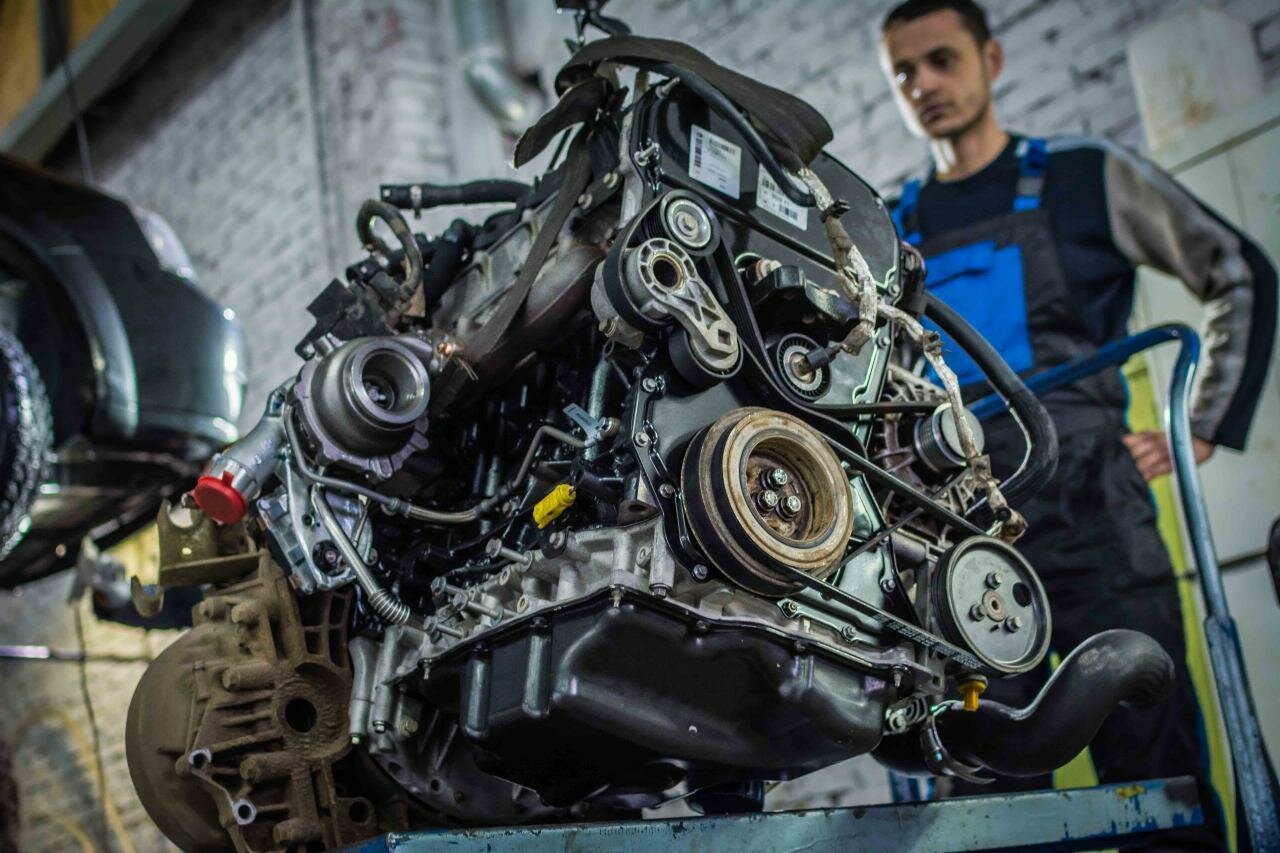Mazda 3.7 V6 Engine Overview
The Mazda 3.7 V6 engine, part of the MZR family, has been a significant player in Mazda’s lineup since its introduction. This engine is primarily found in models such as the Mazda CX-9 and the Mazda 6, where it was designed to deliver a balance of performance and efficiency. The 3.7-liter V6 engine was developed to meet the demands of a growing market for mid-sized vehicles, offering a blend of power and refinement that appealed to a wide range of consumers.
Historical Context
Mazda has a long history of engineering innovative and reliable engines, and the 3.7 V6 is no exception. Launched in the late 2000s, this engine was part of Mazda’s strategy to compete in the increasingly competitive automotive market. It was engineered to provide a robust driving experience, featuring a DOHC design and variable valve timing, which allowed for improved power delivery and fuel efficiency. While it was well-received initially, over the years, various issues have surfaced that have raised concerns among owners and enthusiasts alike.
As vehicles age, the potential for mechanical problems increases, and the Mazda 3.7 V6 engine is no different. Understanding the common issues associated with this engine is crucial for current and prospective owners. This article will delve into the specific problems that have been reported, providing a clear picture of what to expect when dealing with this engine. Whether you’re a long-time Mazda owner or considering a purchase, being informed about the potential pitfalls of the 3.7 V6 can help you make better decisions regarding maintenance and repairs.
Common Issues with the Mazda 3.7 V6 Engine
The Mazda 3.7 V6 engine, while generally regarded for its performance, has been associated with several notable problems that can affect its reliability and longevity. Understanding these issues is essential for owners and potential buyers alike. Below are some of the most frequently reported problems with this engine.
1. Oil Consumption
One of the most common complaints among Mazda 3.7 V6 owners is excessive oil consumption. This issue can lead to significant engine wear and potential failure if not addressed promptly.
-Symptoms:
– Frequent need for oil top-ups
– Blue smoke from the exhaust
– Oil warning light activation
2. Timing Chain Tensioner Failure
The timing chain tensioner is crucial for maintaining the proper tension on the timing chain. Failure of this component can lead to severe engine damage.
-Symptoms:
– Rattling noise from the engine, especially at startup
– Check engine light activation
– Poor engine performance
3. Overheating Issues
Overheating can occur due to various reasons, including a failing water pump or a clogged radiator. This can cause significant damage to the engine if not monitored.
-Symptoms:
– Temperature gauge reading higher than normal
– Steam or smoke from the engine bay
– Loss of power during driving
4. Fuel Injector Problems
Fuel injectors can become clogged or fail, leading to poor fuel delivery and engine performance issues.
-Symptoms:
– Rough idling
– Decreased fuel efficiency
– Engine misfires
5. Electrical Issues
Electrical problems, including issues with the ignition system, can lead to starting difficulties and poor engine performance.
-Symptoms:
– Difficulty starting the engine
– Stalling while driving
– Dashboard warning lights illuminated
Symptoms and Consequences Table
| Symptom | Possible Consequence |
|---|---|
| Excessive oil consumption | Engine wear and potential failure |
| Rattling noise from engine | Timing chain failure and engine damage |
| Overheating | Severe engine damage |
| Rough idling | Poor performance and fuel efficiency |
| Difficulty starting | Increased risk of stalling and breakdowns |
Top views |
|
|---|---|
 |
Oil, Timing Chains, Pistons: What Really Kills an Engine Prematurely? |
 |
How to Choose a Car with a Reliable Engine: Used Car Market Hacks That Actually Work |
Conclusion
The Mazda 3.7 V6 engine, while offering a solid performance, is not without its issues. Awareness of these problems can help owners take proactive measures to maintain their vehicles and avoid costly repairs. Regular maintenance and timely inspections are essential to mitigate the risks associated with these common engine problems.




0 Comments